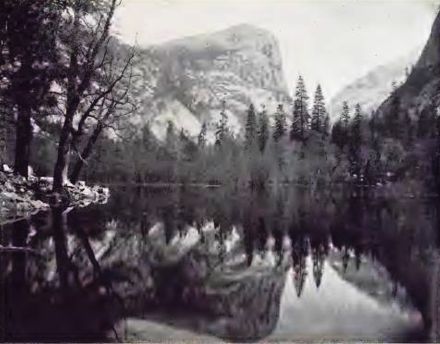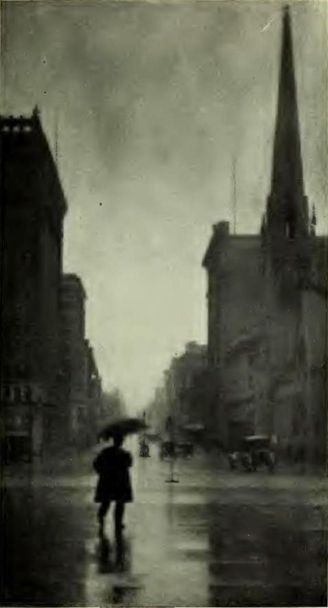
Given this section of pages which covers much of photography in general, it seems appropriate to at least touch on a subject which I have otherwise treated as far beyond the scope of what I seek to discuss in these pages.
Why do people take pictures, and what sort of things do they take pictures of?
The most basic function of a photograph is a documentary one.
If an apparatus has a large number of dials and indicators, and it is desired to transcribe the values on all of them quickly, much more quickly than it would be practical for one person to transcribe all the values displayed in a careful and accurate manner... one could just take a photograph of the panel with all those dials and indicators.
There have been occasions when exactly this was done.
But the documentary function of photography can be its principal function in photographs far less dull and unappealing emotionally than the example I've given.
A portrait of a loved one, to keep before one when that loved one is distant.
Pictures of one's children, so that when they are grown, one can still accurately remember, or communicate to others, what they were like in infancy and childhood.
These are very common types of photographs that ordinary people take... and their principal function is simply to document the appearance of their subject, even if attention is paid to composing the picture or otherwise making it attractive by following common rules also used by painters.
If we shift from a picture that has the objective of recording the appearance of a specific thing to one that is simply intended to look good... then the simplest and most obvious way to meet that goal is for that picture to be a picture of something that looks good.
A picture of some flowers.
A picture of a cute kitten.
A picture of a healthy and reasonably young woman in a state of undress.
Oh, dear. Explaining why pictures of the third type given as an example are considered problematic in a way that the first two are not... would be very complicated, and involve matters far beyond the scope of these pages. The reason for this, in any case, is obvious, if perhaps difficult to articulate, to nearly all adult humans on Earth; to explain it in terms comprehensible to the proverbial "man from Mars" is a challenge I think I need not face at this time.
These two basic categories of photograph do not, however, exhaust the gamut of things that may be done with a camera.
Here is an old black-and-white photograph of a place by the name of Mirror Lake.

This is a photograph of a landscape clearly chosen for its beauty, so it could be considered to be an example of the second basic category of photograph discussed above. But it also shows the appearance of a particular named location, so it also has a documentary function: it therefore combines the two basic types of photograph given above.
Here is another old black-and-white photograph.

This photograph shows a nearly empty street, with a pedestrian carrying an umbrella in the foreground.
The location where the photograph was taken might have been recognizable to contemporaries living in the same part of the world as the photographer. But this photograph does not seem to have a strong documentary function.
The subject, an ordinary city street, on a dull, rainy day, does not seem to be one outstanding for its beauty in itself.
But the photograph itself is a thing of beauty.
It was framed and composed so as to be like an artist's painting.
So this is an example of a third category of photograph, what can be termed the "art photograph".
Photographs can combine all three of these basic functions of a photograph, or any two of them, in varying proportions.